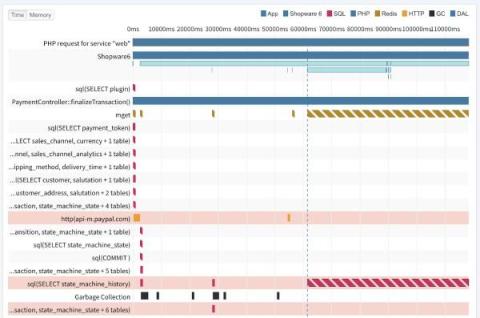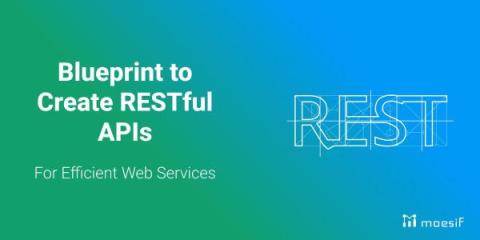Optimizing Shopware 6 Checkout Performance with Callgraph Tracepoints
A few weeks ago, Andrey from Ecommlab contacted me to ask me about a strategy to get performance insights from Tideways into Shopware 6 checkout. The store of our joint customer “Bär Schuhe” was slow for customers during the order confirmation process.










